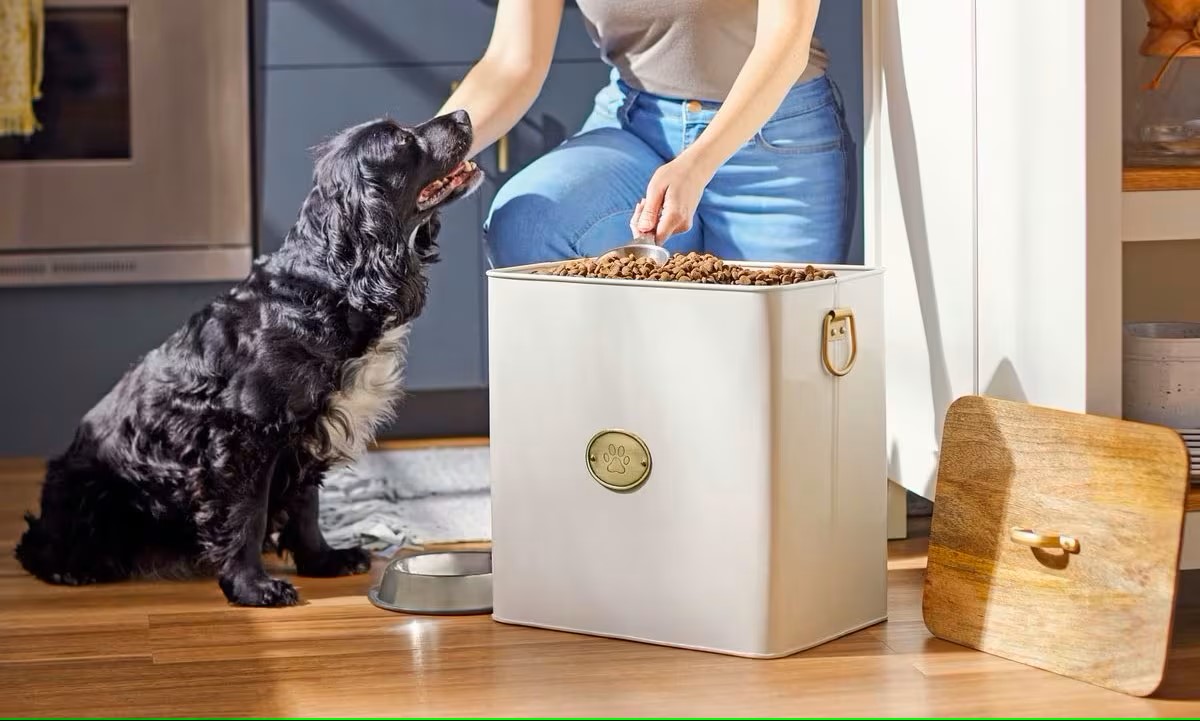

Articles
How To Store Dog Food Long Term
Modified: January 8, 2024
Discover effective methods for long-term storage of dog food in this informative article. Ensure your furry friend always has fresh food available.
(Many of the links in this article redirect to a specific reviewed product. Your purchase of these products through affiliate links helps to generate commission for Storables.com, at no extra cost. Learn more)
Introduction
When it comes to taking care of our furry friends, ensuring they have a nutritious and balanced diet is paramount. As a responsible pet owner, you may find yourself needing to store dog food long term at some point. Whether you’re stockpiling during a sale or preparing for emergencies, proper storage is crucial to maintain the quality and freshness of the food.
Storing dog food long term requires careful consideration of various factors, including the container used, storage conditions, and even rotation of the food. In this article, we will discuss the essential elements to keep in mind and provide practical tips to help you properly store dog food for extended periods.
By following these guidelines, you can ensure that your dog’s food remains safe, nutritious, and enjoyable for them to eat over an extended period.
Key Takeaways:
- Properly storing dog food long term involves choosing the right container, creating suitable storage conditions, and practicing proper rotation to maintain freshness and nutritional value.
- Avoid common mistakes such as not using airtight containers, storing food in direct sunlight, and ignoring expiration dates to ensure your furry friend always has access to safe and nutritious meals.
Read more: How To Store Dry Dog Food Long Term
Factors to consider when storing dog food long term
When it comes to storing dog food long term, there are a few key factors to consider. These factors will help you maintain the quality and safety of the food, ensuring that it remains nutritious for your furry friend. Let’s take a closer look at each of these factors:
- Type of dog food: Different types of dog food have different storage requirements. Dry kibble is generally more resilient and has a longer shelf life compared to wet or canned dog food. If you’re looking to store food for an extended period, dry kibble is often the best option.
- Food packaging: The quality of the packaging is crucial in keeping dog food fresh. Look for bags or containers that are airtight and moisture-proof. This will help prevent moisture and air from getting in, which can lead to spoilage and loss of nutritional value.
- Food preservation: To ensure long-term freshness, consider investing in a vacuum sealer. Vacuum-sealed bags remove air, which helps to extend the shelf life of the food and prevents the growth of mold, bacteria, and insects.
- Storage location: Choose a cool, dry, and dark location to store the dog food. Excessive heat and sunlight can accelerate the degradation of the food and compromise its nutritional value. Avoid storing the food near chemicals or cleaning products, as the fumes can penetrate the packaging and contaminate the food.
- Pest control: Proper pest control is essential to keep insects, rodents, and other pests away from the stored dog food. Make sure that the storage area is clean and free from any potential entry points for pests.
By considering these factors, you can ensure that the dog food remains fresh, nutritious, and safe for your furry friend to consume, even over an extended period of time.
Choosing the right container
When it comes to storing dog food long term, selecting the right container is essential to maintain the quality and freshness of the food. Here are some important factors to consider when choosing a container:
- Airtight: Opt for a container that is airtight to prevent moisture, air, and pests from getting inside and spoiling the food. Airtight containers help to preserve the nutritional value and flavor of the dog food.
- Durable material: Look for containers made of durable and non-toxic materials such as BPA-free plastic, stainless steel, or glass. These materials are resistant to damage and won’t leach harmful substances into the food.
- Easy to clean: Choose a container that is easy to clean to prevent the buildup of bacteria or contaminants. Look for containers with smooth surfaces and removable lids for hassle-free cleaning.
- Size and capacity: Consider the size and capacity of the container based on the amount of dog food you need to store. It’s recommended to choose a container that can hold a few weeks’ worth of food to minimize the frequency of restocking.
- Stackable: If you have limited storage space, opt for containers that are stackable. This will help maximize the use of vertical space and keep your storage area organized.
When selecting a container, make sure to read the manufacturer’s recommendations for storage and follow them accordingly. Additionally, label the container with the expiration date and type of dog food to ensure proper rotation and usage.
By choosing the right container, you can maintain the freshness, quality, and safety of the stored dog food, providing your furry friend with optimal nutrition and enjoyment.
Proper food storage conditions
Properly storing dog food long term involves creating the ideal conditions to keep the food fresh, safe, and nutritious. Here are some essential guidelines for maintaining the optimal storage conditions:
- Cool and dry environment: Store the dog food in a cool area with a temperature range of 50-80 degrees Fahrenheit (10-27 degrees Celsius). Avoid exposing the food to direct sunlight or high levels of humidity as they can accelerate the degradation process.
- Dark storage: It is recommended to store dog food in a dark area to minimize exposure to light. Light can cause the breakdown of important nutrients and fats, leading to decreased nutritional value and rancidity.
- Avoid temperature fluctuations: Keep the temperature consistent to avoid fluctuations that can impact the quality of the food. Extreme temperature changes can promote the growth of bacteria and spoilage.
- Keep away from chemicals: Store the dog food away from any chemicals or cleaning products that may contaminate the food or alter its taste. Make sure the storage area is clean and free from any potential sources of contamination.
- Monitor for moisture: Moisture is the enemy when it comes to storing dog food. It can lead to mold growth, spoilage, and loss of nutritional value. Check the storage area regularly for any signs of moisture or mold and take necessary measures to eliminate it.
By adhering to these proper food storage conditions, you can help preserve the quality, freshness, and nutritional value of the dog food over a longer period. Remember to always check the expiration date and inspect the food for any signs of spoilage before feeding it to your furry friend.
Store dog food long term in a cool, dry place, away from direct sunlight and moisture. Keep the food in its original packaging or an airtight container to maintain freshness and prevent pests. Rotate older food to the front and use it first.
Tips for extending the shelf life of dog food
Extending the shelf life of dog food requires a combination of proper storage practices and careful handling. By following these tips, you can maximize the freshness and nutritional value of the food:
- Secure packaging: Ensure that the original packaging of the dog food is tightly sealed after each use. Use clips or resealable bags to seal open bags of dry kibble. For wet or canned food, transfer any leftovers into an airtight container and refrigerate promptly.
- First in, first out: Practice the “first in, first out” principle when it comes to using stored dog food. By giving priority to older batches, you can prevent food from sitting for too long and potentially expiring.
- Rotate regularly: Regularly rotate the dog food stock to ensure that the oldest food is used first. This helps maintain freshness and prevents the accumulation of expired or stale food.
- Proper portioning: Portion out the dog food based on your pet’s needs to avoid exposing the entire supply to air and moisture each time you open the container. This reduces the risk of spoilage and helps preserve the quality of the remaining food.
- Minimize exposure to air: Air can cause dog food to become stale and lose its nutritional value. Whenever possible, squeeze out excess air before resealing bags or using air-tight containers. Consider vacuum-sealing smaller portions of dog food for even better freshness.
- Keep away from strong odors: Avoid storing dog food near strong-smelling items as the food can absorb odors, affecting its taste and appeal. Store it away from chemicals, cleaning supplies, and other strong-smelling substances.
- Regularly inspect for signs of spoilage: Check stored dog food for any signs of mold, insects, unusual odor, or discoloration. If you notice any of these signs, discard the food immediately to avoid potential health risks for your dog.
By implementing these tips, you can effectively extend the shelf life of your dog food and ensure that your furry friend is consuming fresh and nutritious meals.
Read more: How To Store Lard Long Term
Rotation and expiration dates
Rotating and monitoring expiration dates is a crucial aspect of storing dog food long term. Proper rotation ensures that your pet is consuming fresh and safe food while minimizing the risk of consuming expired or degraded products. Here’s what you need to know about rotation and expiration dates:
1. Check expiration dates: When purchasing dog food, always check the expiration dates on the packaging. Avoid buying food that has a short shelf life or is close to the expiration date, especially if you plan to store it for an extended period.
2. Practice first in, first out: When storing dog food, adhere to the “first in, first out” principle. Use the oldest containers or bags of dog food first before opening new ones. This ensures that the food is consumed within its recommended shelf life.
3. Properly label containers: Clearly label the containers with the expiration date of the food inside. This helps you easily identify the oldest items and aids in maintaining a proper rotation system.
4. Monitor storage times: Keep track of how long the dog food has been stored. Whether it’s dry kibble or wet food, it’s important to know when the food was purchased or stored to ensure it is consumed within the appropriate timeframe.
5. Regularly inspect the food: Periodically inspect the stored dog food for any signs of spoilage. This includes checking for mold, unusual odors, or changes in appearance. If any abnormalities are detected, discard the food immediately to prevent potential health risks for your pet.
6. Consider donating: If you have surplus dog food that is nearing its expiration date, consider donating it to local animal shelters or rescue organizations. This way, you can help ensure that the food is consumed before it expires while supporting animals in need.
7. Follow manufacturer guidelines: Manufacturers often provide specific guidance on the recommended shelf life and storage conditions for their products. Follow these guidelines carefully to ensure optimal quality and safety for your pet.
By practicing proper rotation and monitoring expiration dates, you can ensure that your pet consumes fresh and safe dog food, providing them with the nourishment they need to stay healthy and happy.
Common mistakes to avoid when storing dog food long term
When it comes to storing dog food long term, there are some common mistakes that pet owners should be aware of. By avoiding these mistakes, you can maintain the quality, safety, and nutritional value of the food. Here are some common mistakes to avoid:
- Not using airtight containers: Failing to use airtight containers can allow air, moisture, and pests to contaminate the dog food. This can lead to spoilage, loss of nutritional value, and the potential for your pet’s health to be compromised.
- Storing food in direct sunlight: Exposing dog food to direct sunlight can lead to the degradation of important nutrients and shorten its shelf life. Store the food in a cool, dark area to maintain its quality.
- Ignoring storage instructions: Each type and brand of dog food may have specific storage instructions provided by the manufacturer. Ignoring these instructions can impact the freshness, safety, and effectiveness of the food.
- Not checking for expiration dates: Failing to check the expiration dates before storing dog food can result in storing expired or close-to-expire products. Always verify the dates to ensure the food is safe and fresh for your pet.
- Poor pest control: Inadequate pest control measures can attract insects or rodents to the stored dog food. Storing food in an area that is not properly sealed or not regularly inspected can lead to contamination and potential health risks.
- Overbuying or improper portioning: Buying excessive amounts of dog food without considering its shelf life or portioning it improperly can result in waste and potential spoilage. Purchase dog food in quantities that can be consumed within a reasonable time frame.
- Not monitoring storage conditions: Neglecting to regularly monitor the storage conditions, such as temperature and humidity levels, can compromise the quality and safety of the dog food. Ensure that the storage area remains clean, cool, and dry.
By avoiding these common mistakes, you can ensure that your stored dog food remains fresh, nutritious, and safe for your furry companion to consume.
Conclusion
Properly storing dog food long term is essential to maintain its freshness, nutritional value, and safety for your furry friend. By considering factors such as the type of dog food, choosing the right container, and creating suitable storage conditions, you can ensure that the food remains in optimal condition for an extended period.
Remember to choose airtight containers made of durable and non-toxic materials and store the food in a cool, dark, and dry environment. Pay attention to expiration dates, practice proper rotation, and regularly inspect the food for any signs of spoilage. Avoid common mistakes such as not using airtight containers or storing food in direct sunlight.
By following these guidelines, you can extend the shelf life of dog food, minimize waste, and provide your pet with fresh and nutritious meals. Prioritize your pet’s health and well-being by investing time and effort into proper storage practices.
Storing dog food long term doesn’t have to be complicated, and with a little attention to detail, you can ensure that your pet always has access to high-quality, safe, and delicious food.
Frequently Asked Questions about How To Store Dog Food Long Term
Was this page helpful?
At Storables.com, we guarantee accurate and reliable information. Our content, validated by Expert Board Contributors, is crafted following stringent Editorial Policies. We're committed to providing you with well-researched, expert-backed insights for all your informational needs.



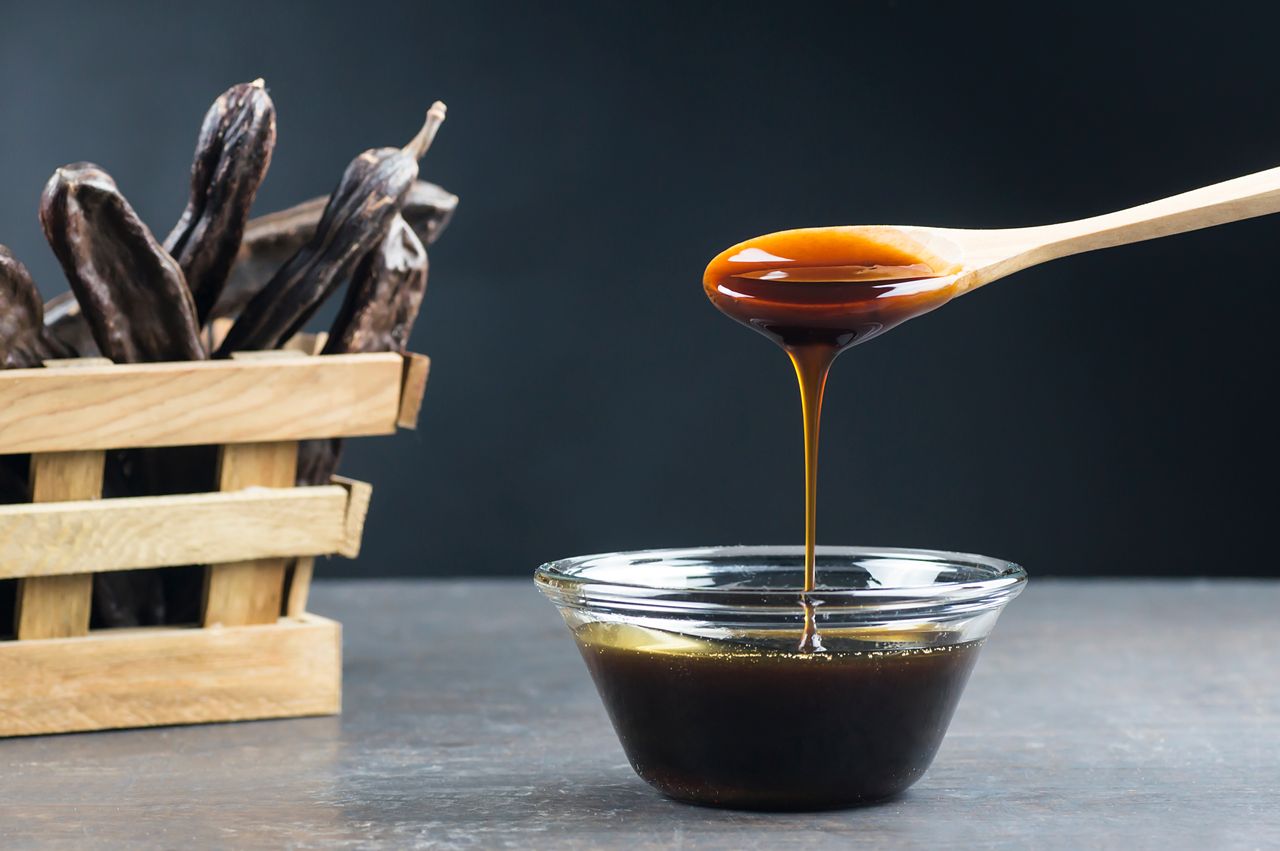
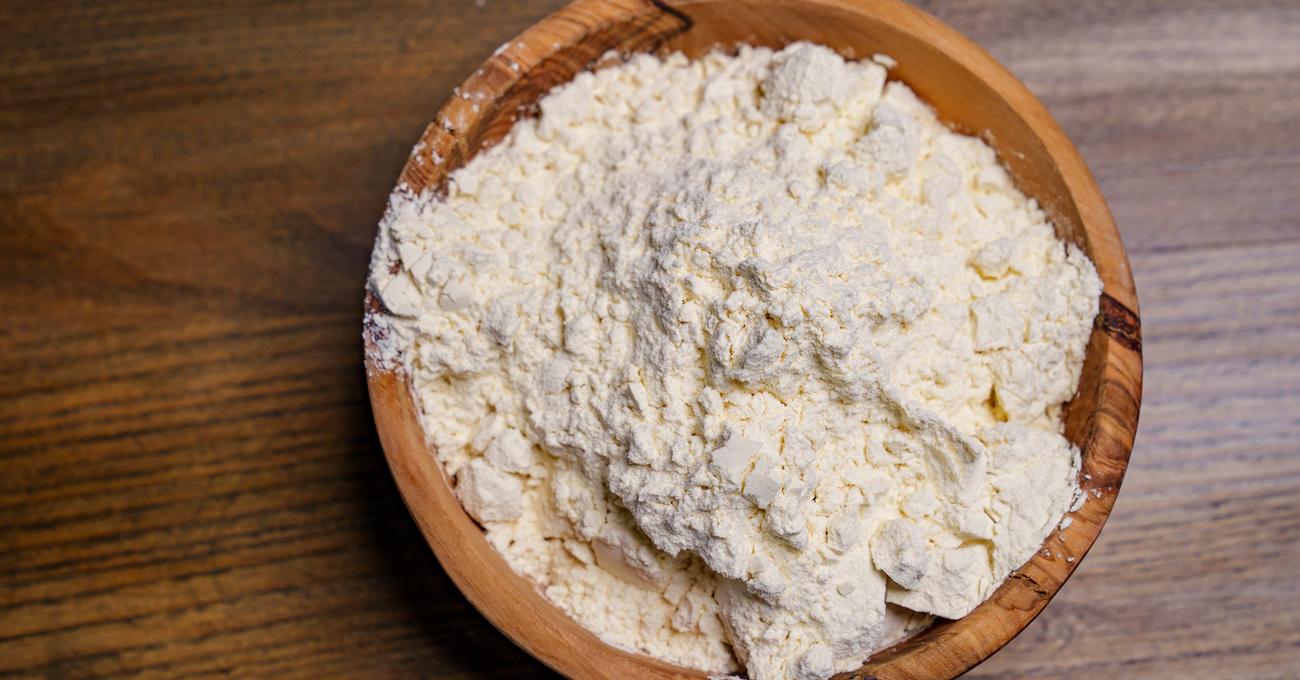
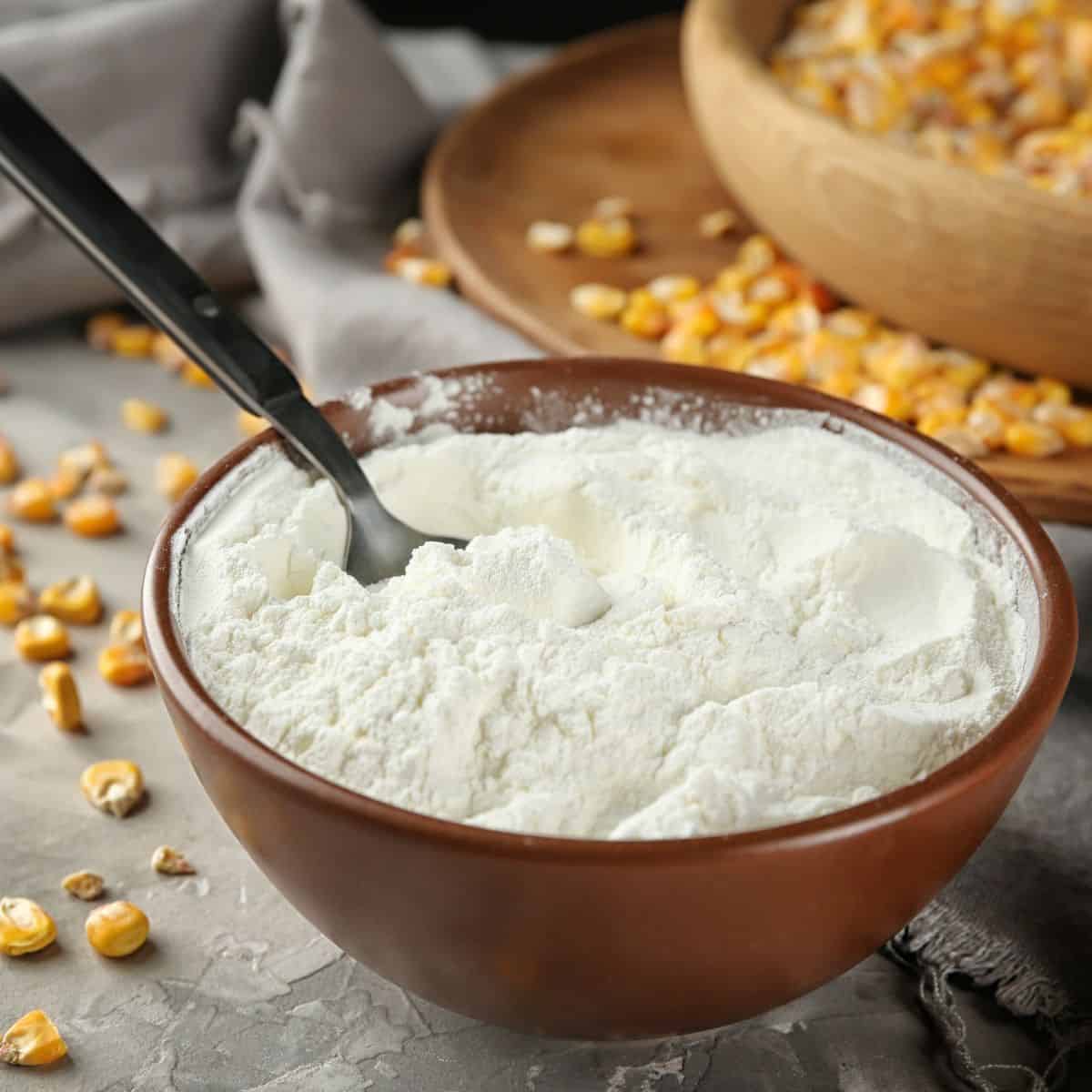
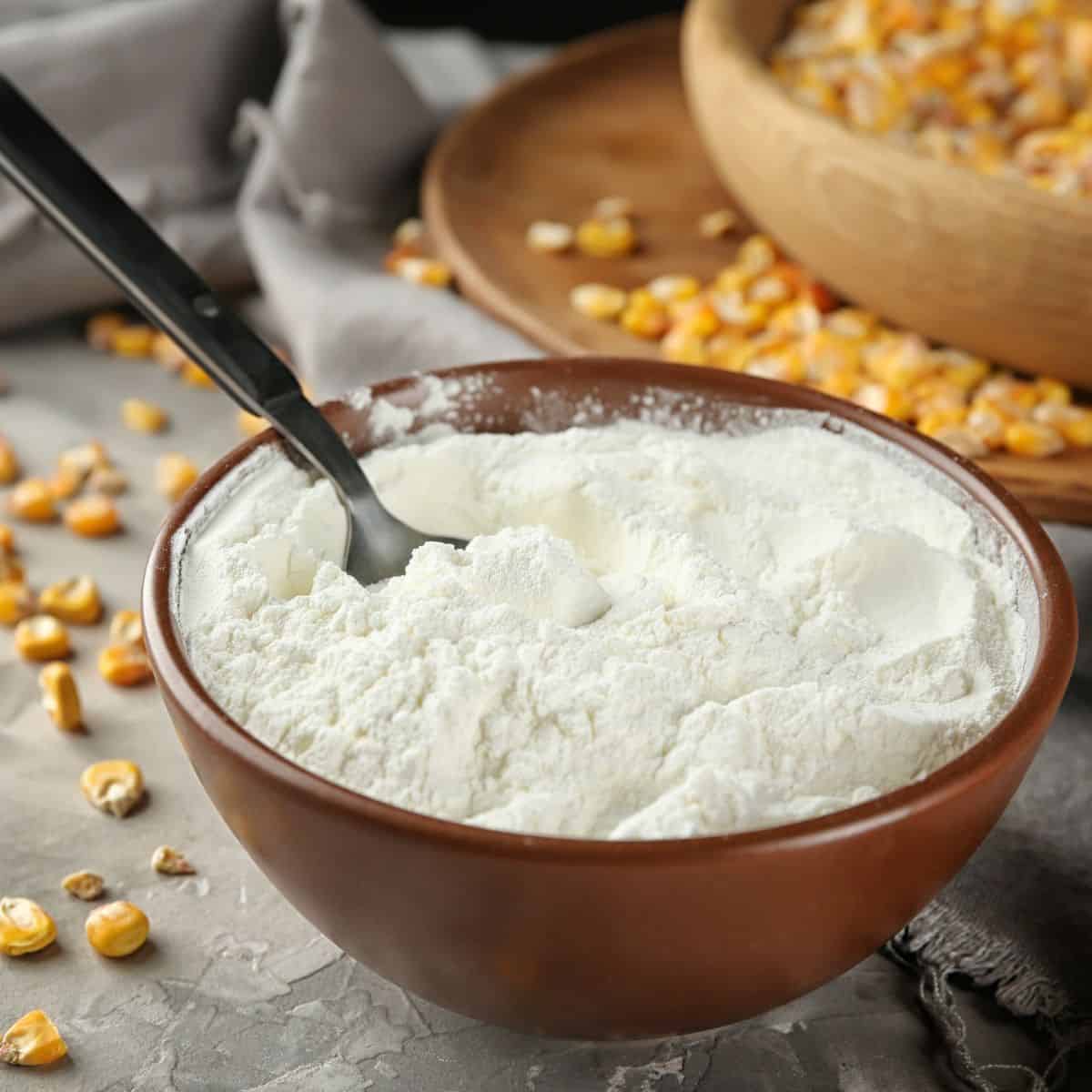
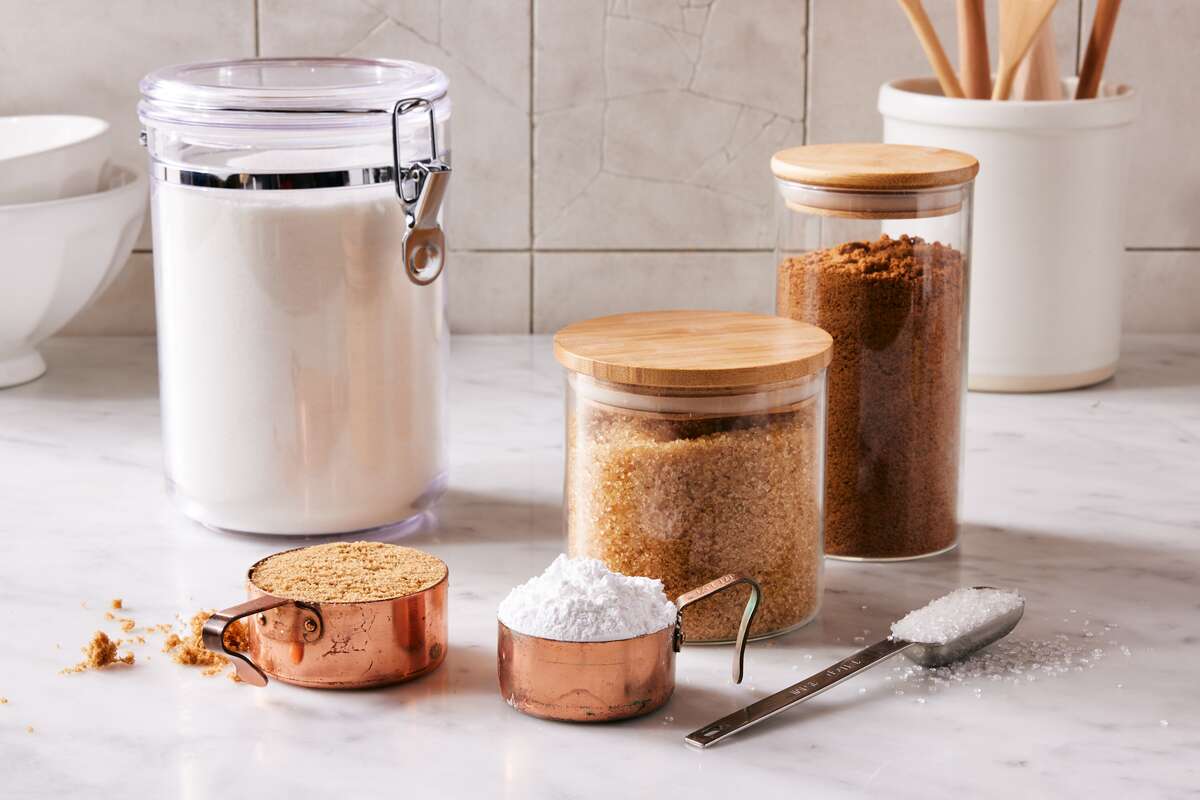
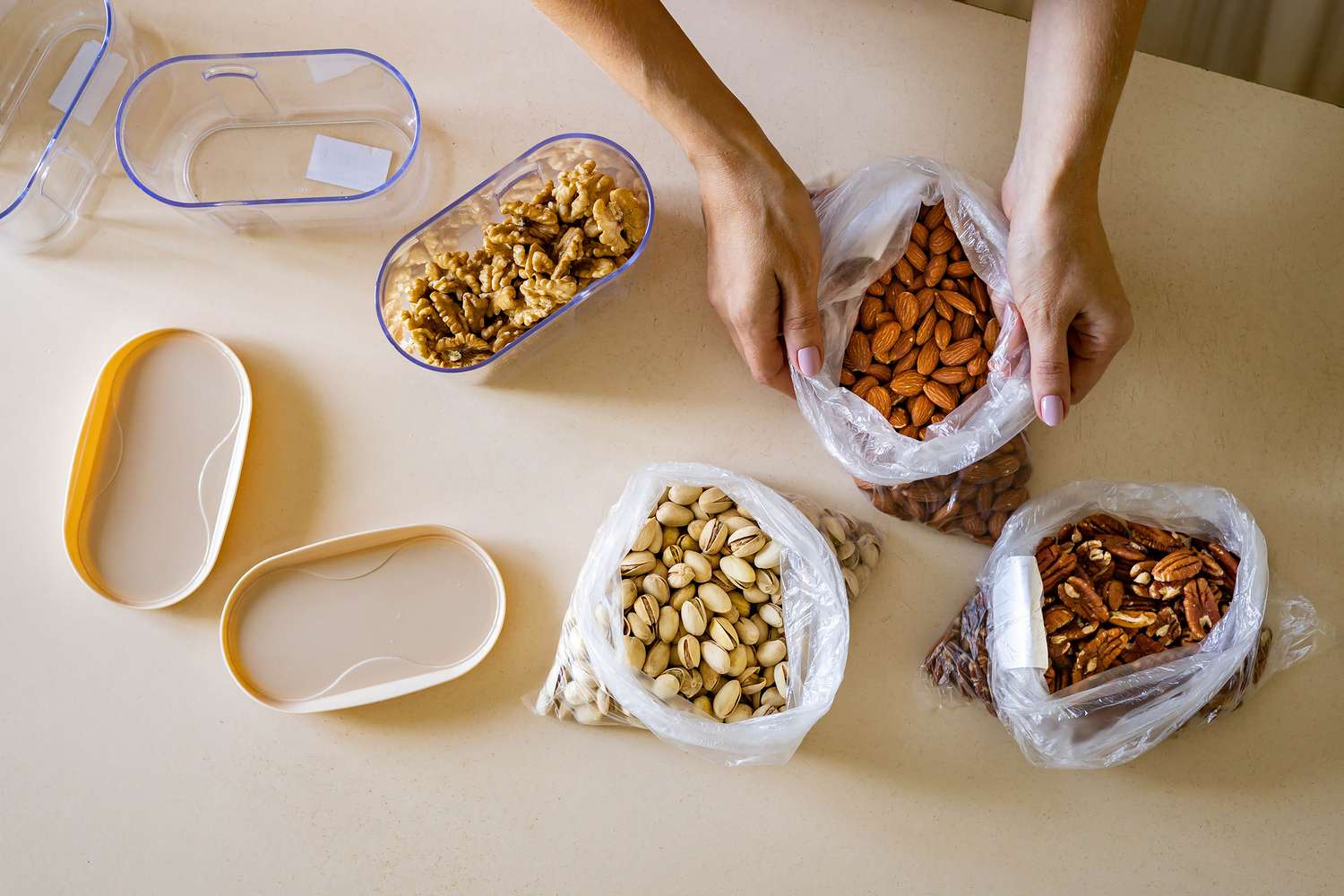
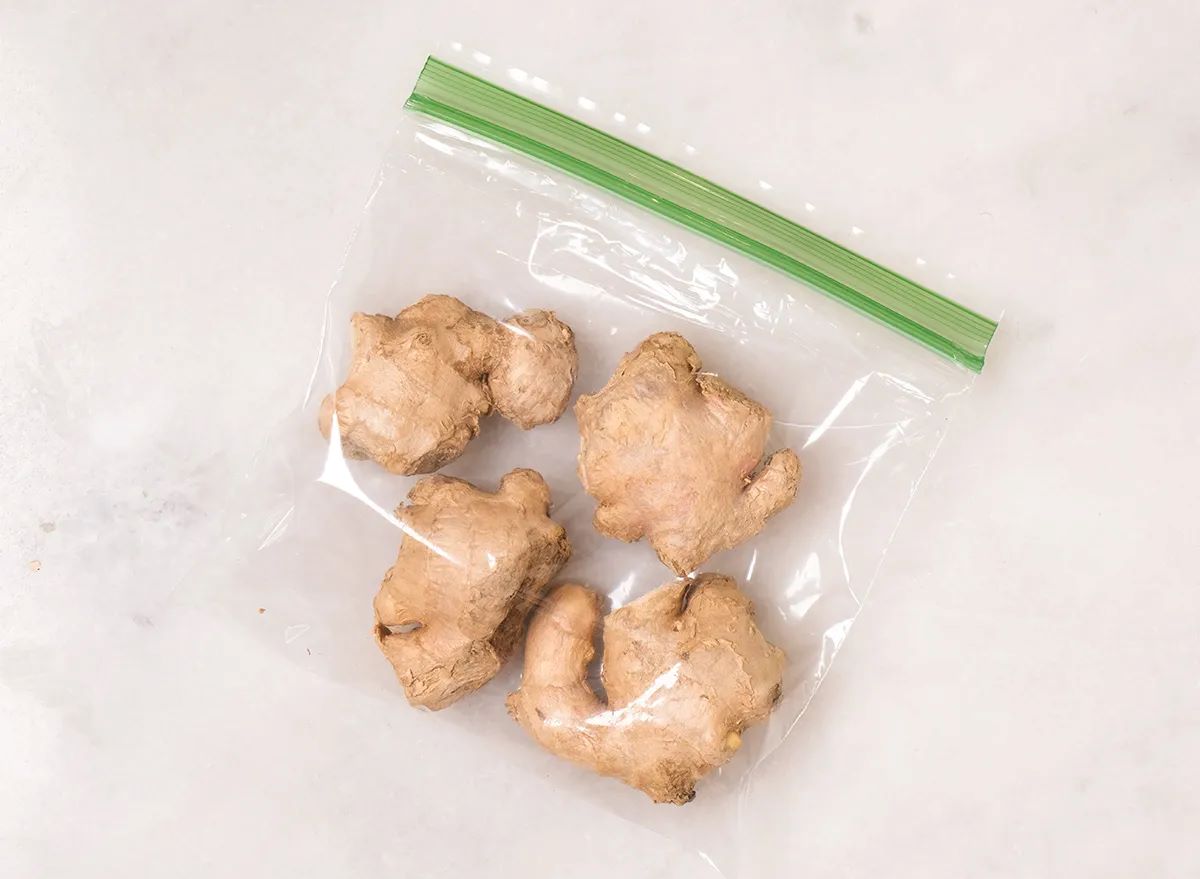
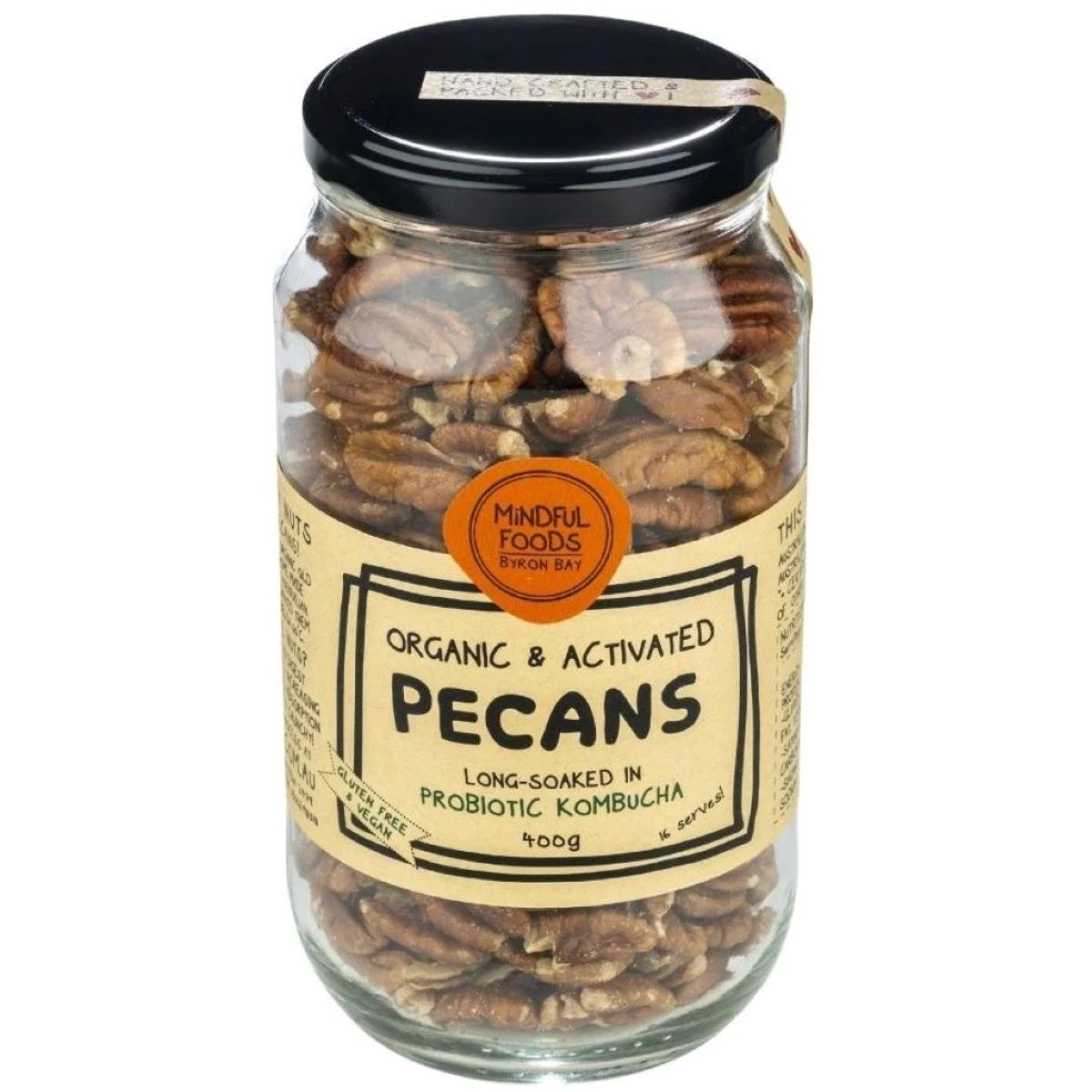
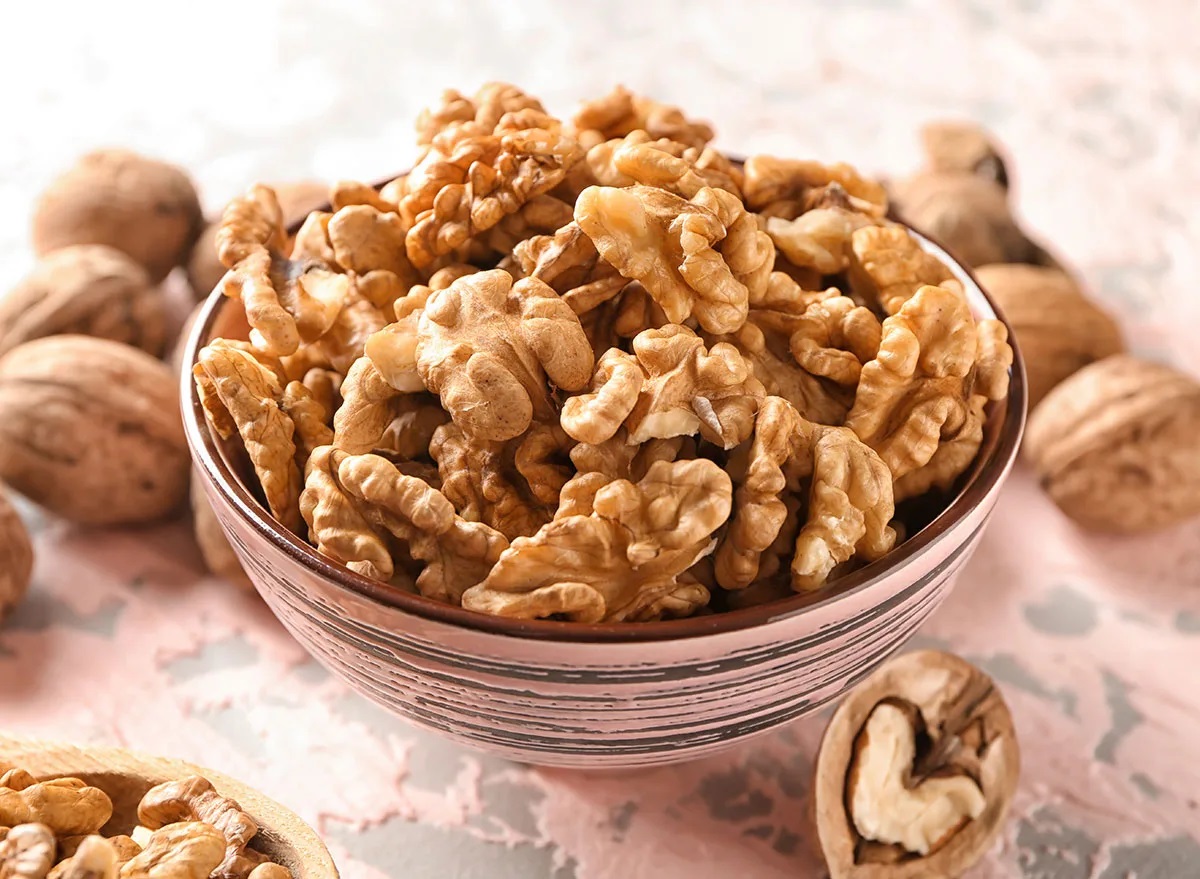

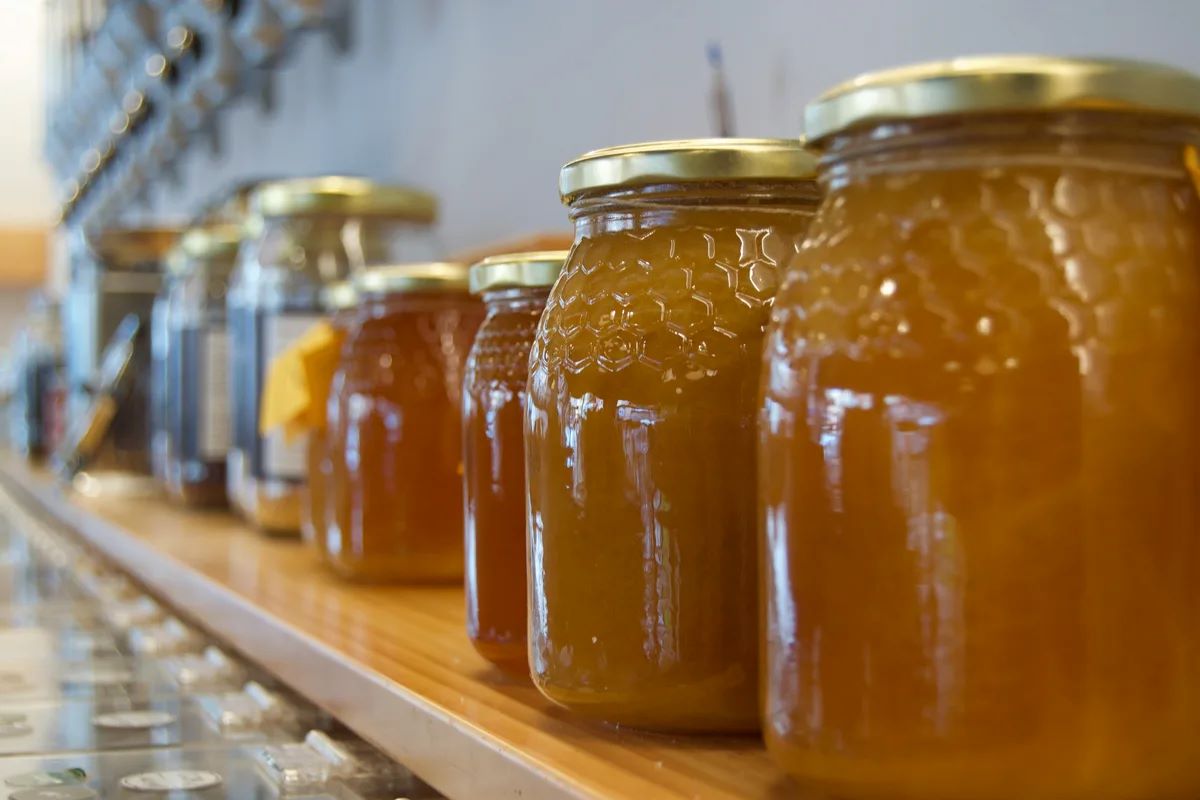

0 thoughts on “How To Store Dog Food Long Term”